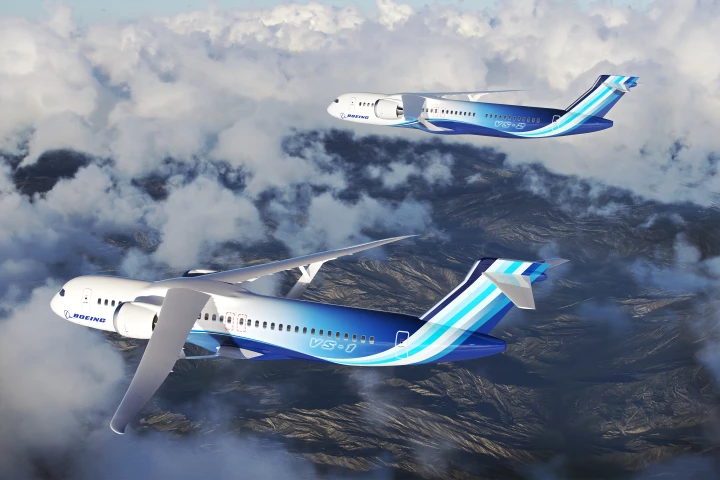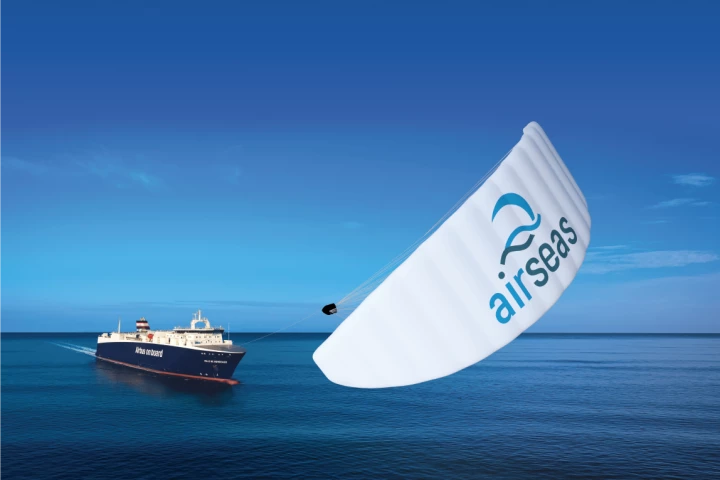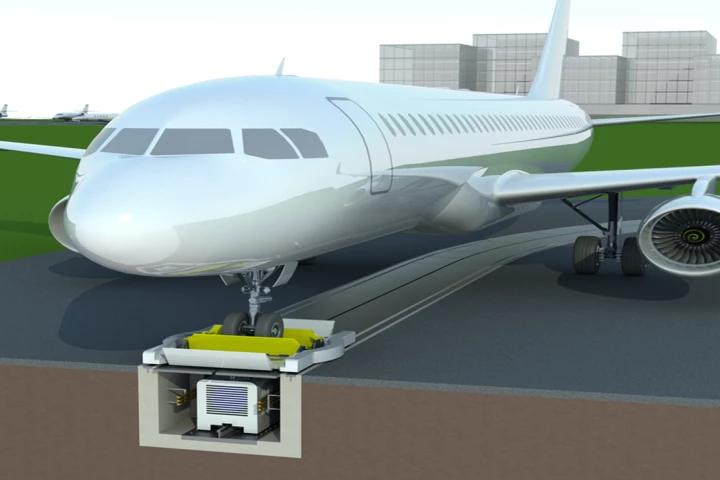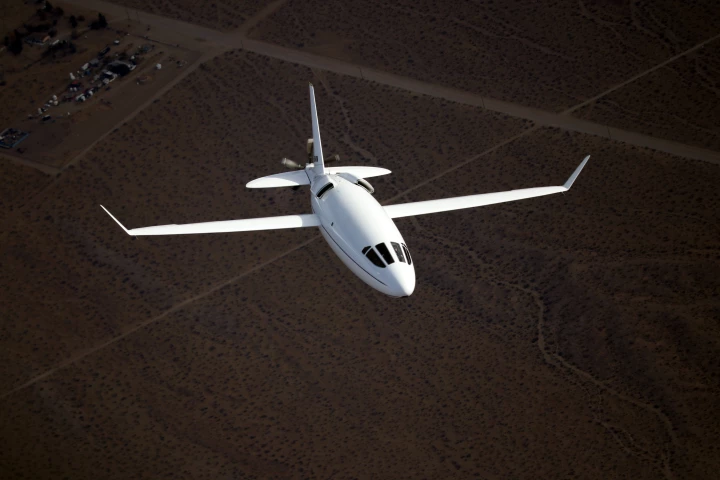Fuel efficiency
-
With a US$425-million cash injection from NASA, Boeing will build and test a full-sized airliner based on its transonic truss-braced wing (TTBW) concept, using long, thin, strut-braced wings to add lift, reduce drag, and burn an impressive 30% less fuel.
-
The Celera 500L is a truly remarkable design. Otto Aviation says its odd shape delivers an astonishing 59% reduction in drag, so it can cruise as fast as a small jet while using 80% less fuel. Now, Otto and ZeroAvia are giving it a clean powertrain.
-
Zero-emissions airliners are still a long way off, but Lufthansa and BASF have developed a way to improve things right now. AeroShark is an adhesive riblet film that immediately reduces fuel consumption, and therefore emissions, from any aircraft.
-
French company Airseas has installed its first half-size automated Seawing kite to a cargo ship chartered by Airbus, and will commence six months of trials in January. The full-size kite is estimated to save up to 20 percent of fuel burn and emissions.
-
Ordinarily, airliners have to run their engines in order to taxi along the runway – this uses a lot of fuel, plus it generates a lot of CO2. A new in-ground towing system, however, offers what could be a more efficient and eco-friendly alternative.
-
Electric vehicles have come a long way in the last decade or so, moving people from A to B with ever-improving efficiency, but none quite match the levels of a student-built railroad car called Eximus IV, which has just set another record in Sweden.
-
Otto Aviation claims its bizarre-looking Celera 500L "bullet plane" offers the performance of a small jet using just 1/8th the fuel, for around 1/6th the running costs. The company wants to make private air travel cost as much as an airline ticket.
-
Airliners can make a lot of noise and use a lot of fuel when they're coming in for a landing. A new onboard computer system, however, was recently shown to be effective at addressing both problems.
-
Everyone knows that walking on soft sand is more difficult than walking on a hard sidewalk. By the same token, MIT scientists are now suggesting that if road surfaces were to be made stiffer, large trucks would use less fuel.
-
Airbus' new fello-fly demonstrator project will test the idea that two commercial aircraft flying in tandem can boost flight efficiency while reducing emissions, based on the technique used by flocks of birds.
-
Aptera says it plans to have a car on the road by 2022 that can squeeze 1,000 miles (1,600 km) out of a 100-kWh battery.
-
The gasoline age is giving way to electric, but there's still plenty of room for last-gasp improvements to the combustion engine.
Load More











